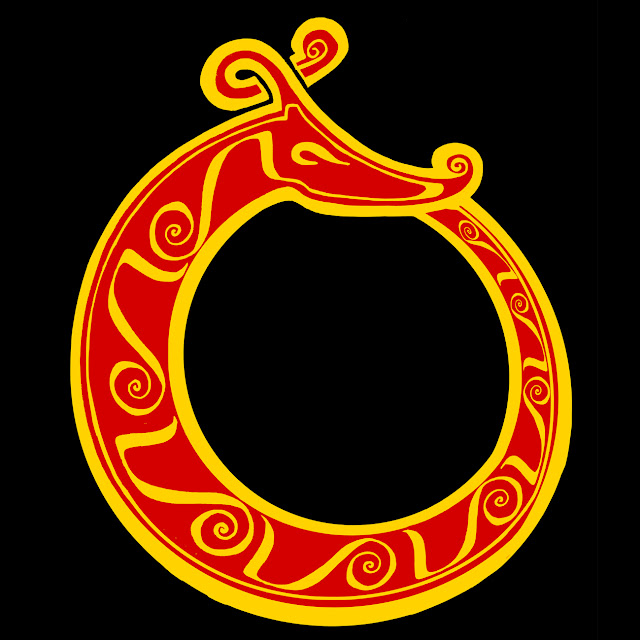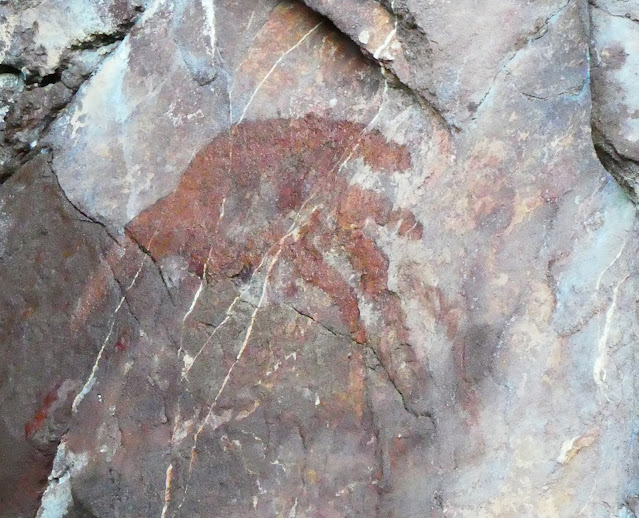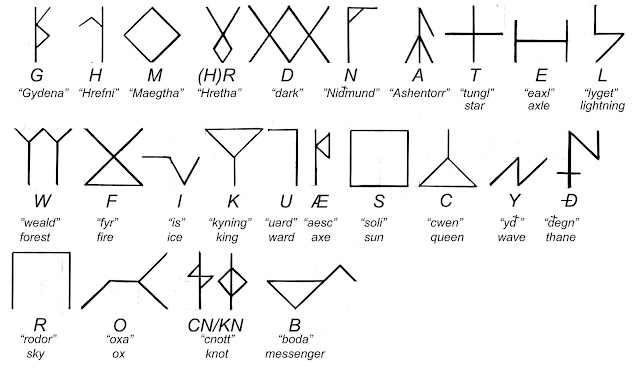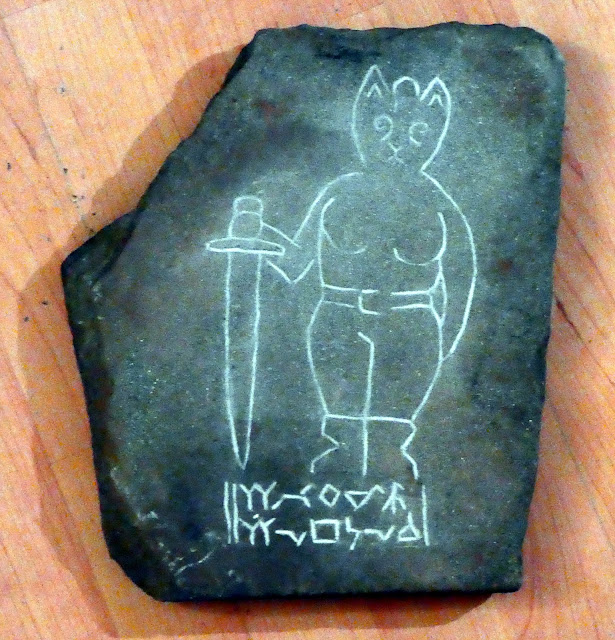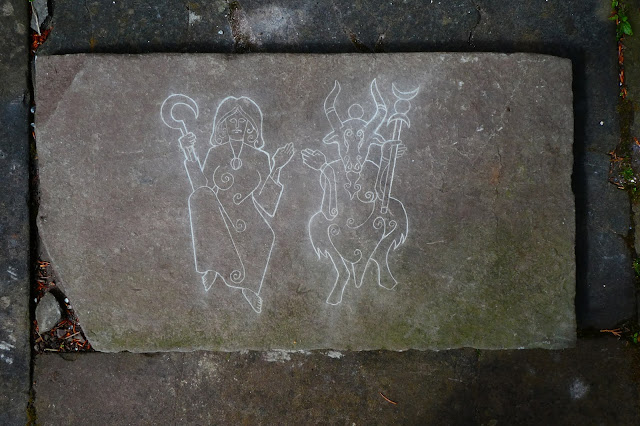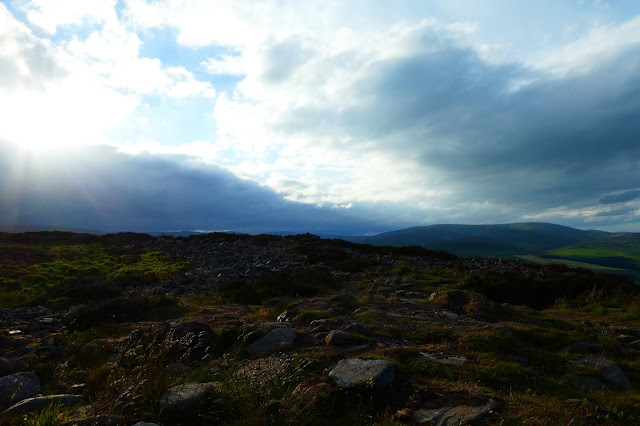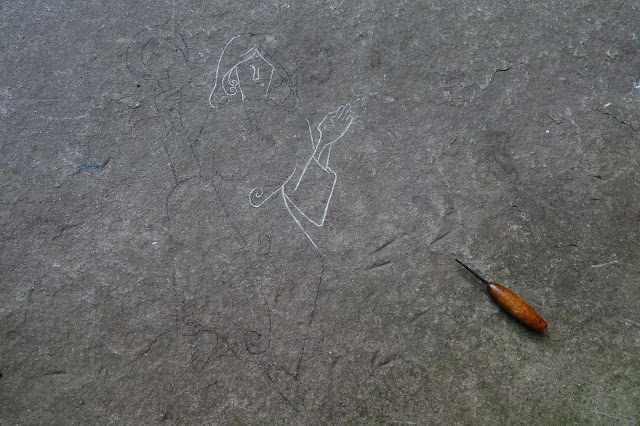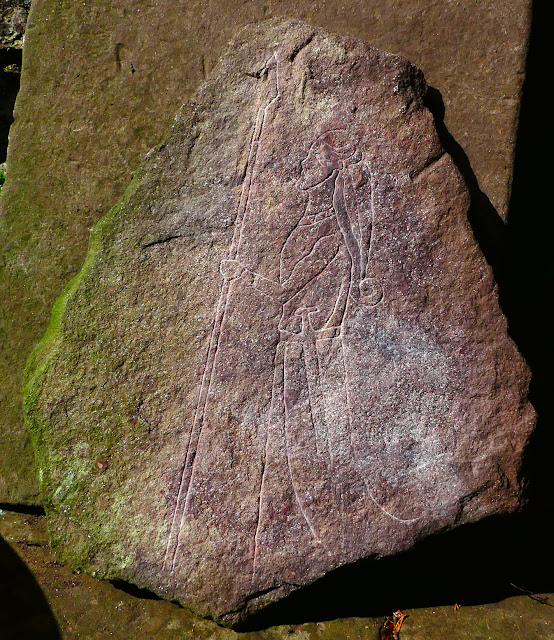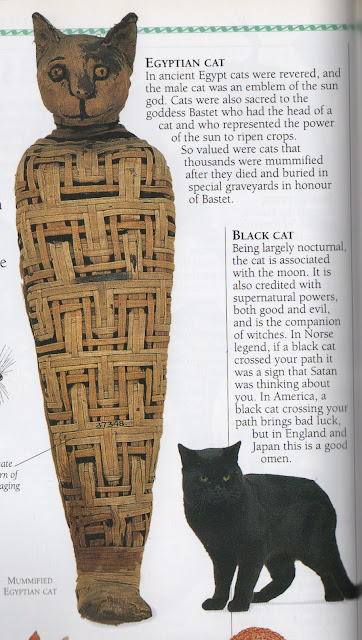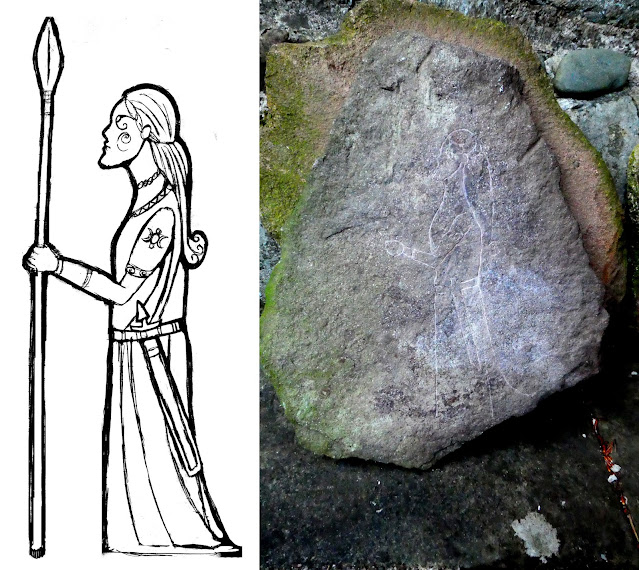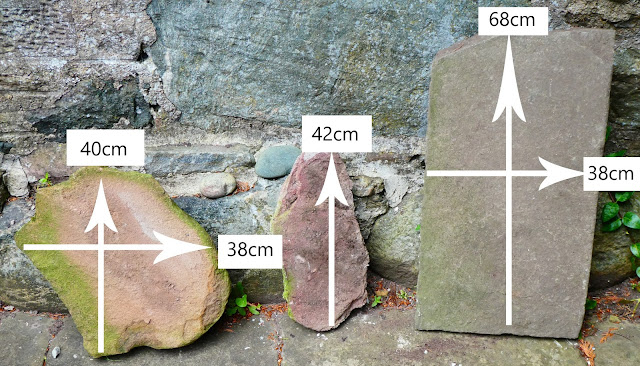Space and Placement

Today's tutorial went well, focusing mainly on space - both physical and visual, in the 'museum'/exhibition layout, and in the text itself, which is now in the final editing and presentation stage. We discussed the nature of traditional museums and how they tend to put the visitor through a planned timeline of experience - navigating different places and spaces - circular and/or linear. This came back to my sketchy idea of enforcing some kind of cyclical physicality upon the visitor to my space - bringing them back to the beginning (cf. the ouroborus snake design, again). Seeing strong examples of what can be done with art books and layout had influenced my thoughts on using more white space in the book/text (and reflecting this in the physical museum layout) - by adding blank pages, or creating extra spaces between lines and words at crucial points in the narrative, and interpolating the drawings of characters not as illustrations but as 'break points', for exampl...
